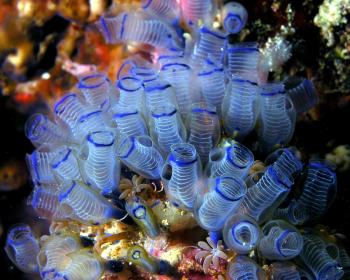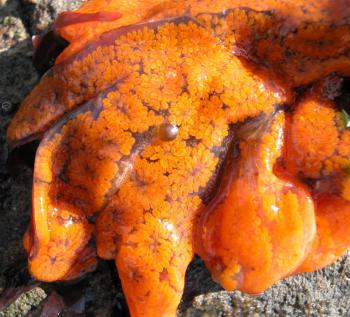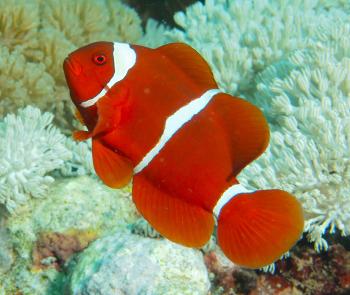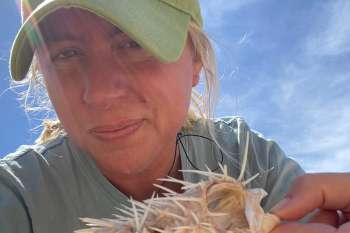Includes: Clams, Snails, Slugs, Nautilus, Squid, Octopus
Molluscs show an amazing degree of diversity, yet all have certain features in common. The word mollusc comes from the Latin meaning “soft,” a good description of the group’s fleshy bodies. Of course, in an ocean filled with predators, a soft body is easily eaten. The early molluscs that happened to develop hard shells not only managed to survive but also succeeded in launching an ever-escalating 500 million year old battle between themselves and their predators.
Another common feature is a strong muscular foot that is used for movement or grasping. All molluscs also have gills, a mouth and an anus. A feature unique to molluscs is a file-like rasping tool called a radula. This structure allows them to scrape algae and other food off rocks and even to drill through the shell of prey or catch fish.
The diversity of molluscs impressively demonstrates how a basic body plan can evolve into a variety of different forms adapted to specific environments. One example of this is demonstrated by today’s Nautilus. The ancestors of Nautilus evolved buoyant shells, a trait that allowed them to launch off the seafloor and become swimming predators known as cephalopods (squid, octopus and cuttlefish).
As each generation struggled against increasingly clever predators like vertebrates, the cephalopods accumulated more and more sophisticated innovations through evolution. One adaptation lay in speed. In creatures such as squid, the shell became small, moved inside the body and all but vanished. Another adaptation lay in brainpower. Octopus and cuttlefish think, learn and react to their environment in ways surpassed only by vertebrates. If you have a soft body without a shell in the middle of the ocean, being clever is certainly one worthwhile strategy for survival.
Features:
- Rasping organ called a radula; present in all groups except bivalves and Aplacophora
- Muscular foot used for locomotion and other tasks
- A sheath of tissue called a mantle that covers the body and can secrete the shell (if there is one)
- A mantle cavity that houses the gills or lungs
- A calcium shell present in most molluscs, e.g., squid; while others have completely lost it e.g., slugs, nudibranchs and octopus.
Mollusc Fact:
The giant squid is the world’s largest invertebrate. It can grow to over 50 feet in length with eyes the size of basketballs.
Word Bank
Radula: a special structure used by molluscs to scrape food off rocks; the radula has rows of tiny teeth.
Invertebrate/vertebrate: animals without backbones; animals with backbones
Buoyant: having the tendency to rise or float
















